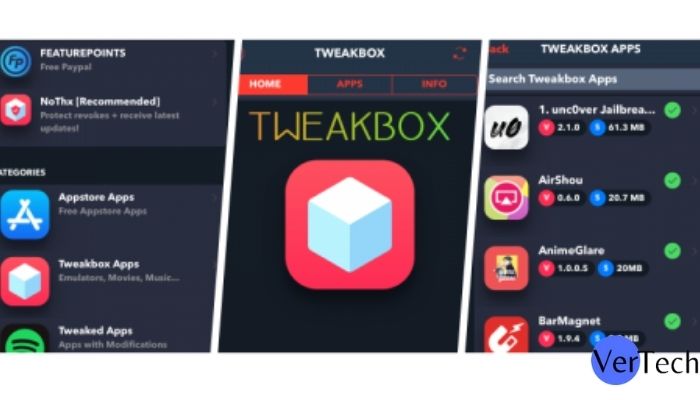Tech
Smart Grid Utilities and Technologies

Smart grid utilities and technologies enable new ways to manage the electricity grid, allowing consumers to manage their energy use, improve reliability, and reduce costs. The smart grid utilities will be able to collect data from millions of users, allowing for a better understanding of electricity demand.
What Is a Prosumer?
A prosumer is someone who uses technology to produce energy in addition to consuming it. It is also known as a “customer-generator.” Prosumers can install solar panels and use them to generate electricity for themselves, or they can connect to the grid via an inverter and use it for charging their vehicles or other devices.
What Are Smart Grids?
Smart grids are a group of technologies that can increase electricity generation, consumption efficiency, and reliability. Smart grids’ primary goal is to improve utilities’ ability to manage power loads and track consumption patterns.
Generation
With traditional grids, generation is provided by large power plants that produce electricity using fossil fuels such as coal or natural gas. A smart grid uses renewable sources like wind farms or solar panels to produce electricity in small quantities near customers’ homes or businesses.
Technology
Smart Grid technology is a combination of wireless and wired technologies that communicate. The Smart Grid can be thought of as a network of microgrids, which are individual power systems that are connected through high-speed fiber optic cables.
Distribution
A smart grid distribution system consists of multiple substations, transformers, and switchgear that convert the electricity from its source to the power supply. Then, sends it to the homes and businesses throughout the city or state.
Self-repair and Predictive Maintenance
Smart grids are designed to have self-repair features. If a power outage occurs, the system can automatically start repairs. The grid will also detect when maintenance is necessary and alert customers that work needs to be done.
Sensors
Smart grids also use sensors that communicate with each other across the network to communicate with customers about how much electricity they are using at any given moment or what appliances are running at any given time of day or night.
Customer Choices
Customers get more control over their energy usage when using smart grids. Traditional grids do not give the consumer that freedom.
Resilience and Agility
Resilience and agility are two essential features of a smart grid. The former refers to the ability of assets to withstand an unexpected event, while the latter refers to the ability to respond quickly and efficiently to such events.
AI Applications in Smart Energy Solutions
AI is being used for several applications in smart energy solutions. These include predictive maintenance, asset management, and optimization of power networks.
Offers Precise Forecasting
The ability to predict how much power will be consumed and how much will be generated at any given time is essential for both residential and commercial consumers. This way, the grid operator can plan ahead and ensure enough resources are available when needed.
Optimized Power yield
The ability to accurately determine how much power will be produced at any given time helps minimize waste, which makes it more cost-effective for utilities to operate their systems.
Improved Security
Smart grids are designed to be more secure than traditional grids because they use advanced technologies like cyber-security, sensors, and artificial intelligence (AI) to monitor all devices on their networks.
Improved Automated Switching
When you’re on a smart grid, your appliances can automatically turn on when you’re away from home or when prices go up. Your electricity provider can also send you notifications when there’s something wrong with your power system.
Fewer Outages
Smart meters provide real-time data about your household’s usage, which helps your utility company prevent outages by finding areas where it could use more infrastructure to protect against emergencies.
The Future of the Energy Industry
Smart grid utilities and technologies are part of an overall transition toward more sustainable energy sources like solar panels and wind turbines. They will be vital in rural communities where these new technologies will help replace older coal-fired plants that pollute our air with carbon emissions.
-

 Latest News3 years ago
Latest News3 years agoSoap2day Similar Sites And Alternatives To Watch Free Movies
-

 Software3 years ago
Software3 years agoA Guide For Better Cybersecurity & Data Protection For Your Devices
-

 Android2 years ago
Android2 years agoWhat Is content://com.android.browser.home/ All About? Set Up content com android browser home
-

 Blog2 years ago
Blog2 years agoMyCSULB: Login to CSULB Student and Employee Portal
-

 Android App3 years ago
Android App3 years agoCqatest App What is It
-

 Android App3 years ago
Android App3 years agoWhat is OMACP And How To Remove It? Easy Guide OMACP 2022
-

 Business3 years ago
Business3 years agoKnow Your Business (KYB) Process – Critical Component For Partnerships
-

 iOS2 years ago
iOS2 years agoTweakBox App – Best App for iPhone [Jan, 2023] | (iOS 15, Download, 2023)





